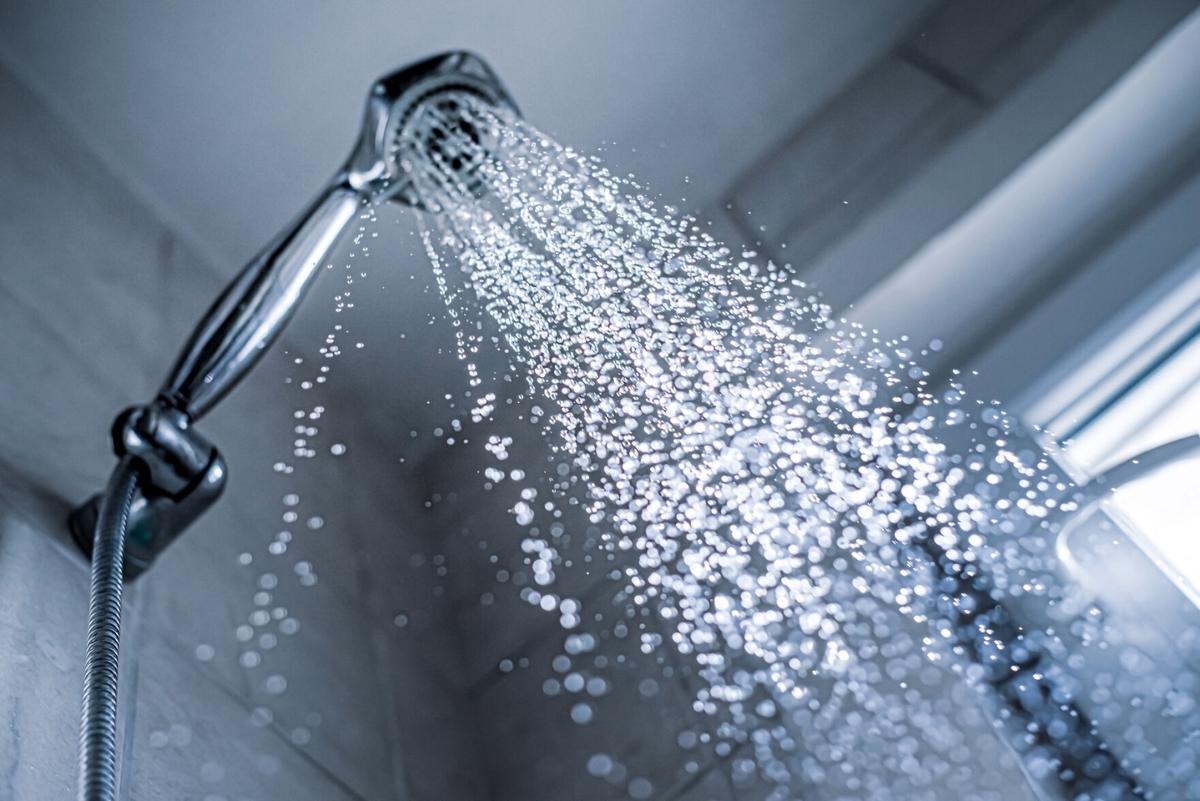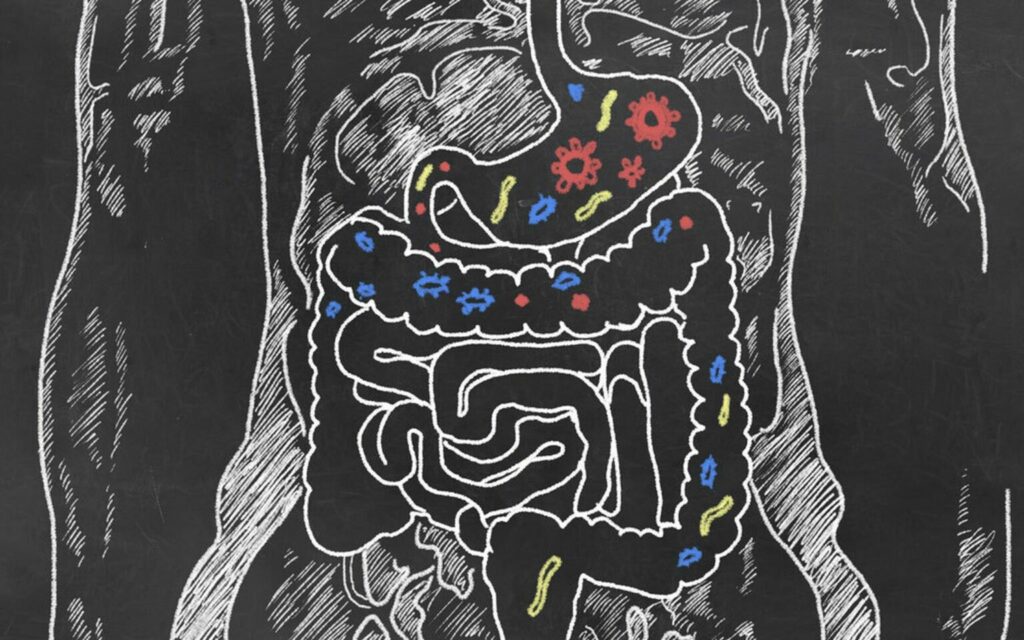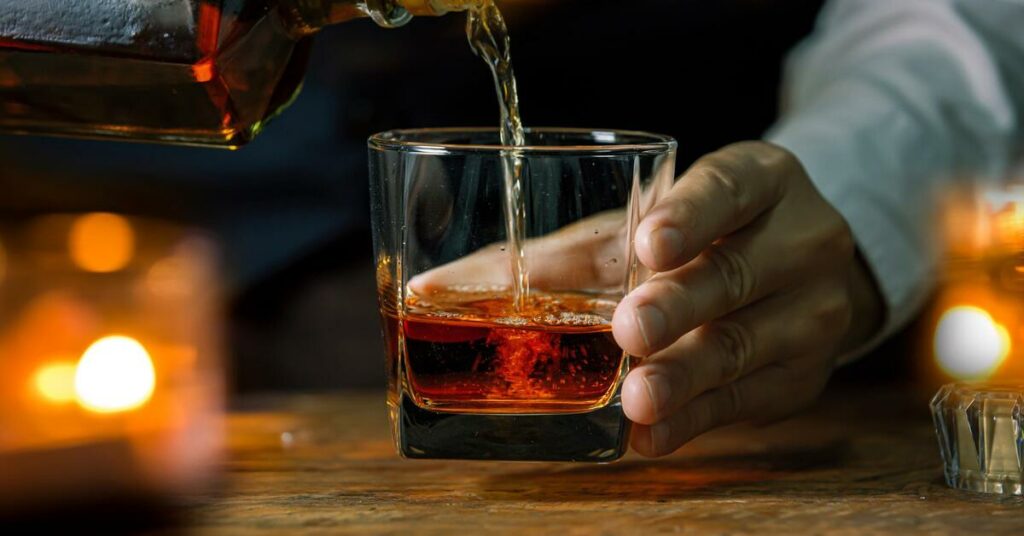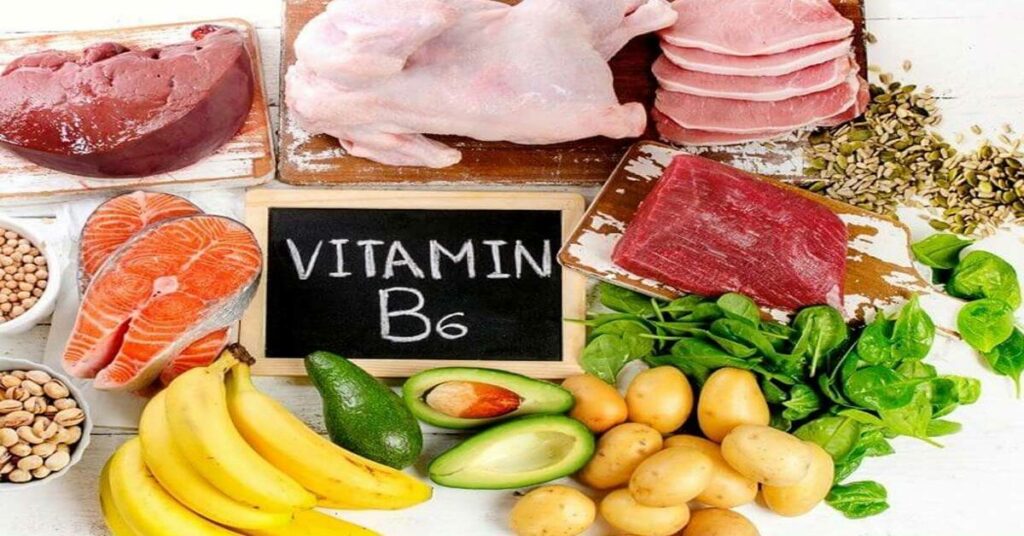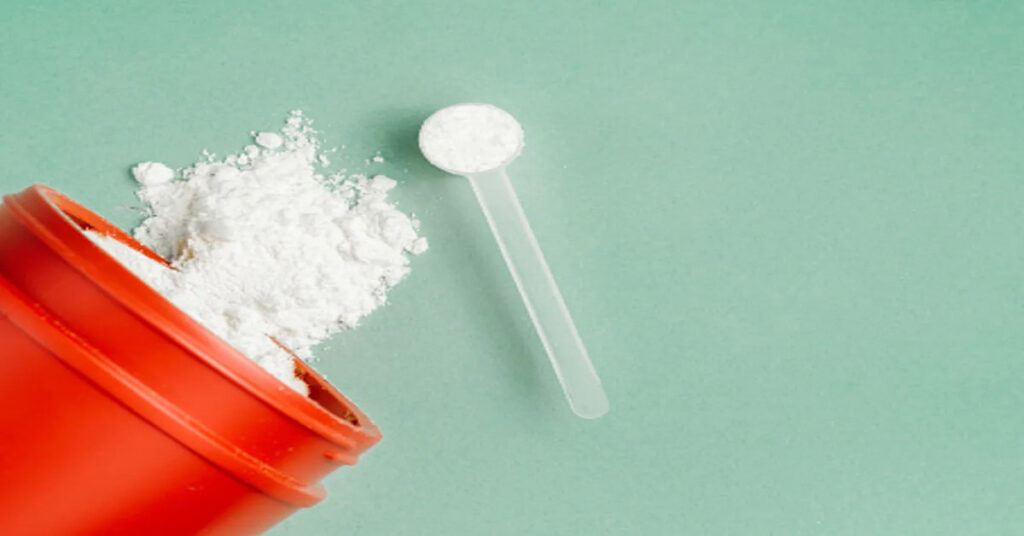COLD SHOWERS
Cold showers are often hailed as a panacea, particularly promoted by influencers and figures like Wim Hof. However, my newfound perspective and recent insights have led me to reconsider recommending them. Especially concerning for muscle building, cold showers might inhibit the inflammatory response, leading to potentially worse hypertrophy outcomes. It’s important to note that just because influencers promote them on social media for views or to appear tough, doesn’t necessarily make them right or effective for everyone.
Table of Contents
- The Impact of Cold Therapy on Muscle Growth
- The Impact of Cold Therapy on Recovery After Resistance Training
- Immune System
- Mental Health
- Ice Baths
- Vasoconstriction
- Reduced Inflammation
- Transfer of Temperature
- What Temperature Should An Ice Bath Be?
- How Long Should You Stay In An Ice Bath?
- Are Ice Baths Worth It?
- Summary
The Impact of Cold Therapy on Muscle Growth
Icing, or cryotherapy, can have a direct negative impact on muscle growth and strength development. [1]
Heat treatment, contrast treatment (alternating cold and warmth), and massage can enhance blood flow and potentially promote a faster recovery process. Heat treatment, in particular, may play a role in stimulating the proliferation and differentiation of satellite cells, which are involved in muscle remodeling.
The use of post-exercise cooling, such as cold water immersion (CWI), has been found to reduce the delivery and uptake of dietary protein-derived amino acids during acute postexercise recovery. Moreover, it has been observed that the increase in muscle protein synthesis rate, which is crucial for muscle adaptation and growth, is significantly blunted following cooling. Consistent application of postexercise cooling throughout prolonged exercise training has been shown to result in lower muscle protein synthesis rates throughout the entire training period. These findings suggest that postexercise cooling attenuates the skeletal muscle’s adaptive response to exercise training and may compromise the efficacy of training for improving muscle conditioning. Therefore, individuals seeking to enhance skeletal muscle development should reconsider the use of cooling as a part of their post-exercise recovery strategy, as it may hinder muscle protein synthesis and overall muscle adaptation.
Cold water immersion (CWI) reduces the acute changes in satellite cell numbers and activity of hypertrophy-regulating kinases. Excessive suppression of inflammation and the immune system can hinder proper recovery, as inflammation plays a role in signaling the need for repair and promoting muscle hypertrophy.
Cold-water immersion (CWI) has also been found to attenuate the acute changes in satellite cell numbers and activity of kinases involved in muscle hypertrophy, potentially leading to smaller long-term training gains in muscle strength and hypertrophy. Therefore, the use of CWI as a regular post-exercise recovery strategy may need to be reconsidered.
Additionally, regular application of cold to muscles following exercise might dampen muscular and vascular adaptations to resistance training.
It’s important to note that muscle soreness alone is not a reliable indicator of recovery status. While cold water therapy does have some scientifically proven benefits, it’s essential to consider the potential drawbacks and limitations mentioned above.
The Impact of Cold Therapy on Recovery After Resistance Training
Cold water immersion after exercise has been studied for its potential to reduce muscle soreness, although there is ongoing debate among researchers. A 2011 study conducted with cyclists who underwent intense training sessions found that those who were immersed in cold water for 10 minutes experienced decreased soreness. Similarly, a 2016 study involving 20 participants reported that athletes who soaked in a pool of cold water (ranging from 12°C to 15°C) had less muscle soreness compared to those who did not undergo hydrotherapy after exercise.
However, a 2017 study challenged the belief in the benefits of ice baths for muscle soreness. It should be noted that this study had a small sample size and focused on young men between the ages of 19 and 24 engaged in resistance training. While the study suggested that active recovery, such as 10 minutes of low-intensity exercise on a stationary bike, was as effective as cold water immersion for recovery, experts in the field still support the use of ice baths.
This study investigated the effects of cold water immersion (CWI) on muscle soreness, inflammation, and muscle function after exercise-induced muscle damage. The results showed that CWI significantly reduced muscle soreness and improved muscle function compared to a passive recovery condition. However, there were no significant differences in markers of inflammation between the two conditions. These findings suggest that CWI can be an effective strategy for enhancing recovery and alleviating muscle soreness following strenuous exercise.
Whole-body cryotherapy (WBC) has been found to significantly reduce muscle soreness and markers of muscle damage compared to a control group. Additionally, WBC was found to enhance the recovery of muscle function. These findings suggest that WBC can be an effective modality for accelerating the recovery process and reducing exercise-induced muscle damage.
There is some evidence that cold-water immersion reduces delayed onset muscle soreness after exercise compared with passive interventions involving rest or no intervention. The findings demonstrated that CWI significantly reduced markers of muscle damage, such as creatine kinase levels, and also attenuated the inflammatory response compared to a control group.
In this study, researchers examined the effects of cold water immersion (CWI) on recovery after high-intensity interval training (HIIT). The findings demonstrated that participants who underwent CWI experienced reduced muscle soreness and perceived fatigue compared to those in the control group. Moreover, CWI was shown to enhance physical performance recovery markers, including vertical jump height and sprint performance. These results suggest that CWI can be an effective approach for expediting recovery and enhancing exercise performance following HIIT sessions.
The effectiveness of cooling as a recovery method for trained athletes has been a subject of investigation. While many studies have focused on untrained individuals, the applicability of those findings to trained athletes is uncertain. Overall, the average effects of cooling on the recovery of trained athletes were found to be relatively small. However, in specific conditions such as whole-body cooling following sprint exercise, post-exercise cooling has shown positive effects that are considered relevant for competitive athletes. Therefore, under appropriate circumstances, cooling may have a beneficial impact on recovery for trained athletes.
Manipulation of muscle temperature is believed to improve post-exercise recovery, with cooling being especially popular among athletes. However, it is unclear whether such temperature manipulations actually have positive effects. Skeletal muscle recovery from fatigue-induced by endurance exercise is impaired by cooling and improved by heating, due to changes in glycogen resynthesis rate.
The purpose of this meta-analysis was to critically determine the possible effects of different cooling applications, compared to non-cooling, passive post-exercise strategies, on recovery characteristics after various, exhaustive exercise protocols up to 96 hours (hrs). Pooled data from 27 articles revealed, that cooling and especially cold water immersions affected the symptoms of DOMS significantly, compared to the control conditions after 24 hrs recovery. This effect remained significant after 48 hrs and 96 hrs. A significant difference in lowering the symptoms of RPE could only be observed after 24 hrs of recovery, favoring cooling compared to the control conditions. There was no evidence, that cooling affects any objective recovery variable in a significant way during a 96 hrs recovery period.
A systematic search was conducted to investigate the effect of whole body cryotherapy (WBC, exposure to temperatures between -110 to -190°C) on markers of recovery after damaging exercise in healthy, physically active subjects. Of the 16 eligible articles extracted, ten induced muscle damage using controlled exercise in a laboratory setting, while six induced damage during sport-specific training. Results indicated that muscle pain was reduced in 80% of studies following WBC. Two applied studies found recovery of athletic capacity and performance with WBC improved, variables of this nature were also improved in 71% of studies using controlled exercise. Further benefits of WBC treatment included reduction of systemic inflammation and lower concentrations of markers for muscle cell damage. These results suggest that WBC may improve recovery from muscle damage, with multiple exposures more consistently exhibiting improvements in recovery from pain, loss of muscle function, and markers of inflammation and damage.
This study investigated the effects of cold-water immersion (CWI) and sports massage on delayed-onset muscle soreness (DOMS) in amateur athletes. Participants were divided into four groups: CWI, sports massage, combined CWI and sports massage, and a control group. Various measures, including pain, exertion, muscle size, range of motion, muscle strength, and serum creatine phosphokinase levels, were assessed before and after plyometric training and at different time points post-exercise. The results showed that CWI was effective in reducing pain compared to the combined application of CWI and sports massage and the control group on the second and third day after exercise. However, none of the interventions had significant effects on other important adaptations associated with DOMS. Therefore, the widespread use of these interventions as a recovery strategy for athletes with DOMS should be reconsidered by sports scientists.
Other findings indicate that cold water immersion is no more effective than active recovery for reducing inflammation or cellular stress in muscle after a bout of resistance exercise.
A study involving 60 athletes who performed a lower body workout found that neither ice baths (cryotherapy) nor sports massage improved measures of neuromuscular recovery, including actual strength recovery, despite reducing muscle soreness. Therefore, these commonly used recovery techniques were found to be generally ineffective in enhancing neuromuscular recovery. This suggests that alternative strategies may be more beneficial for promoting optimal recovery and improving muscle strength.
The reason cold water helps with pain is due to its ability to constrict blood vessels, thereby reducing blood flow to the area and helping to alleviate swelling and inflammation.
Immune System
There is evidence suggesting that cold water therapy can potentially stimulate the body’s immune system, which may enhance its ability to fight illness. In a Dutch study, researchers investigated whether individuals could voluntarily influence their immune response through practices such as meditation, deep breathing, and cold water immersion techniques. The results of the study were positive, indicating that the group that employed these techniques experienced fewer symptoms when exposed to a bacterial infection. They also exhibited increased production of anti-inflammatory chemicals and reduced levels of pro-inflammatory cytokines in response to the infection.
It is worth noting that in this particular study, the researchers considered the breathing techniques to have a more significant impact than cold water immersion. However, they attributed cold water exposure to building resistance to stress over time.
Other studies have also suggested that daily exposure to cold water, over weeks or months, could potentially enhance antitumor immunity.
Mental Health
On the mental health side, researchers found that cold showers may help relieve symptoms of depression.
Ice Baths
An ice bath is a form of cold water immersion where the body, excluding the head, is submerged in cold water for a specific duration and at a set temperature. It is commonly used as a recovery protocol after exercise. However, the use of ice baths is a topic of debate due to the potential risks and uncertain physiological benefits.
Ice baths have a long history, dating back to ancient Greece, and are believed to aid in the recovery process. The exact mechanisms by which ice baths may facilitate recovery are not fully understood. Some research suggests that the perceived benefits of ice baths may be attributed to psychological factors rather than physiological effects.
One potential benefit of ice baths is analgesia or pain reduction. The cold sensation can activate thermal nerve cells, which may help reduce pain perception. Additionally, it can decrease nerve conduction speeds and excitability, resulting in reduced communication between thermal nerve cells and the sympathetic nervous system, leading to decreased perceived pain.
It is important to note that while some individuals report feeling more alert and awake after ice baths, and some studies suggest potential pain-reducing effects, the overall scientific evidence on the efficacy of ice baths for recovery is still inconclusive. Additionally, the use of ice baths carries potential risks, such as the risk of hypothermia, and should be approached with caution.
Vasoconstriction
Vasoconstriction is a physiological response in which blood vessels narrow in response to cold sensation. When using ice baths, the cold temperature triggers vasoconstriction in the skin and blood vessels as a protective mechanism to conserve core body temperature. This vasoconstriction reduces blood flow to the muscles, potentially limiting the delivery of inflammatory cells and reducing swelling associated with muscle damage and inflammation.
Reduced Inflammation
The reduction in blood flow and inflammatory response may contribute to the potential benefits of ice baths in reducing inflammation and promoting recovery.
Transfer of Temperature
Another advantage of using ice baths or plunge pools, as opposed to cold showers or cryotherapy, is the direct contact of the body with a cold liquid. This allows for better transfer of temperature to the skin and a more comprehensive cooling effect on the body.
What Temperature Should An Ice Bath Be?
A study comparing 8ºC versus 15ºC in rock climbers found that 15ºC could be more effective in promoting recovery .
Using a hand grip strength test as a measure of recovery may not directly reflect the recovery of other muscle groups, such as the legs. Different muscle groups may respond differently to temperature variations and recovery protocols.
Starting with a warmer temperature, like 15ºC, can indeed be a safer approach to reduce the risk of hypothermia. Gradually exposing the body to colder temperatures as you become more comfortable and acclimated can help minimize the potential risks associated with cold water immersion techniques.
How Long Should You Stay In An Ice Bath?
The duration of ice baths can vary in different studies and depending on the specific context. Previous research has used durations ranging from 8 to 10 minutes or 12 minutes in the form of three 4-minute intermittent bouts.
Considering individual factors such as body mass, muscle mass, and fat mass can be important when determining the duration of an ice bath. Cross-country runners (with potentially lower body mass) may experience the effects of an ice bath more quickly than American Football linemen (with potentially higher body mass).
Starting with a lower duration, such as 8 minutes, can be a prudent approach to prioritize safety, especially if you are new to ice baths or have a higher body mass. Gradually scaling up the duration based on your perceptual response and comfort level can allow for a more individualized and tailored approach to ice bath therapy.
Are Ice Baths Worth It?
There are two important questions to consider regarding the use of ice baths for recovery:
- Is the physiological stress from exercise alone sufficient to require an ice bath? Research suggests that ice baths may interfere with the natural recovery process by inhibiting muscle damage and inflammatory responses. These processes are crucial for muscle growth and adaptation. Therefore, if the goal is to build muscle, it may be more beneficial to allow these processes to occur naturally.
- Could ice baths interfere with hypertrophy gains by hijacking the recovery process? While ice baths may have certain benefits for athletes who engage in frequent competitions and need rapid recovery to be available for subsequent events, they may not have a significant positive or negative impact on strength or endurance.
For individuals focused on muscle building, other factors such as adequate sleep, proper nutrition with sufficient protein, and effective stress management can play a more significant role in promoting recovery. These factors are indeed crucial for optimizing muscle growth and adaptation.
Recent studies have also highlighted skepticism about the widespread beliefs in certain methods. For instance, a study assessing the Wim Hof method didn’t yield positive effects on cardiovascular and psychological parameters after a 15-day intervention.
Just because they’ve been promoted by fit-fluencers or figures like Wim Hof doesn’t guarantee their effectiveness. Sometimes, these trends thrive more for social media views, financial gains or projecting toughness rather than factual benefits. It’s essential to always look beyond mere popularity, as scientific evidence and personal experiences can often challenge popular beliefs.
Reflecting on my personal experiences, particularly my exposure to cold during military service, has led me to acknowledge that my perceived benefits from cold exposure might have been more psychological (placebo effect) than actual physiological advantages. My shift towards warm showers and heat therapy in recent years has notably improved my recovery compared to when I relied on cold showers.
In light of recent insights and personal experiences, my inclination leans heavily towards advocating for heat-based recovery methods over cold therapies. This shift has been transformative, leading to enhanced recovery in both my personal journey and observations with clients and athletes.
As I guide my clients and athletes toward optimal recovery strategies, I find that prioritizing heat-based therapies like warm showers and heat treatments yields more tangible benefits compared to cold therapies. The evidence and experiences suggest that heat contributes significantly to improved recovery, possibly surpassing the perceived advantages of cold therapies.
Given the evolving research landscape and the growing acknowledgment of the benefits of heat-based recovery methods, I foresee a substantial shift in the next five years. The trend is likely to gravitate towards favoring heat as the go-to strategy for maximizing recovery and performance potential.
Summary
Tldr; Cold showers, often championed for their purported benefits, might hinder muscle growth and recovery by inhibiting essential processes like inflammation necessary for muscle adaptation. Heat-based treatments, such as warm showers and heat therapy, have shown superior results in enhancing recovery compared to cold therapies.
Various studies highlight the potential drawbacks of cold water immersion (CWI) on muscle protein synthesis, hypertrophy, and overall muscle conditioning. While some studies suggest reduced muscle soreness and inflammation with CWI, evidence indicates it might hinder long-term muscle strength and adaptation.
Contrary to popular belief, cold therapies like ice baths and CWI might not significantly improve recovery or muscle performance. In contrast, heat treatments, massages, and contrast therapies have demonstrated better blood flow and muscle recovery benefits.
The trend seems to shift towards heat therapy for post-exercise recovery, supported by scientific research and personal experiences. Heat-based recovery methods appear more effective than cold therapies in enhancing muscle recovery and overall well-being.
Recent studies challenge the efficacy of popular methods like the Wim Hof technique, emphasizing the need to scrutinize beyond trends.
Experiences from my military service and recent research suggest that the benefits of cold exposure might primarily stem from psychological factors rather than genuine physiological advantages. Based on these insights, advocating for heat-based recovery methods over cold therapies seems more promising for future recovery strategies.

